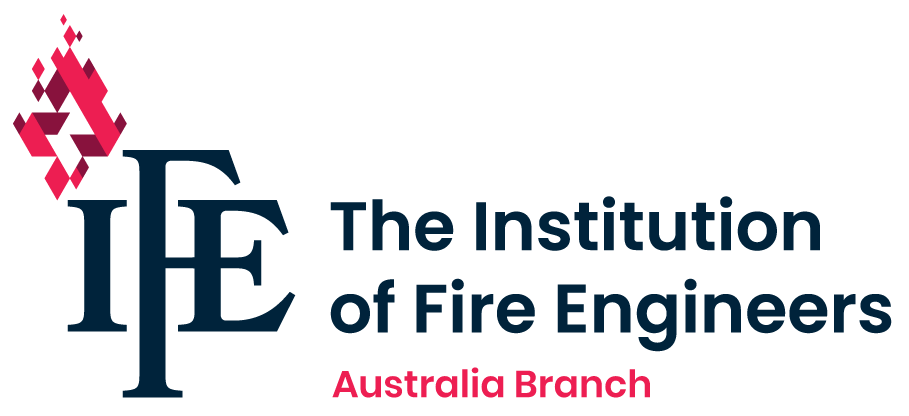Ensuring comprehensive fire safety in modern buildings: A Critical analysis
The importance of fire safety in buildings cannot be overstated in the modern architectural landscape. Building fires present numerous challenges, including diverse ignition sources, varied fire-spread mechanisms, and complex evacuation and rescue operations. This article delves into the critical aspects of fire safety, exploring the essentiality of fire resistance in construction, the roles of active and passive fire-protection systems, and the integral balance between these components.
The imperative of fire resistance in building design
Fire safety performance and resistance elements in buildings are non-negotiable aspects of construction dictated by the building code specific to each country. The primary aim is to ensure safe evacuation during fire incidents while containing the fire, ideally to the room of origin, to prevent extensive damage or harm to life, property and the environment. Fire-resistant construction involves using materials and design techniques that significantly delay the spread of fire, smoke and toxic hot gasses. This provides a crucial time for occupants to evacuate and for firefighting operations to reach the incident and commence search and rescue and firefighting operations.
Active fire protection (AFP): the first line of defence
Active fire protection systems are dynamic in their operation, often requiring human intervention or automated systems for activation. These include:
1. Fire alarm systems: alerting occupants and emergency services at the earliest stages of fire.
2. Emergency lighting: providing illumination for safe egress and evacuation.
3. Fire pumps and standpipe systems: ensuring adequate water supply for suppression systems and firefighting.
4. Fire doors, shutters, partitions, ducts and dampers: controlling or limiting the spread of fire, smoke and toxic hot gasses.
5. Fire extinguishers: offering, if safe, security personnel, fire wardens or trained occupants initial-response fire-suppression capabilities to quell the fire in its early development stages.
Passive fire protection (PFP): a silent guardian
In contrast, passive fire protection is integrated into the building’s structure, working silently to contain or slow the fire’s spread. Vital elements of PFP include:
1. Fire-resistant walls and partitions: creating compartments to contain fire within.
2. Fire doors, shutters and windows: preventing the passage of fire and smoke from one compartment to another and from the emergency egress passageways, corridors and stairwells.
3. Protected ceilings and floors: slowing vertical spread and cavity spread of fires.
4. Dampers and smoke control systems: managing smoke movement and preventing fire spread via the ACMV system and network throughout the building.
The symbiosis of AFP and PFP
Both AFP and PFP play pivotal roles in building safety, each with unique functions:
Life safety: While AFP systems like alarms do not control fire, they are vital for early warning and safe evacuation. These require correctly placed and obstructed detection devices, sensing equipment or activating units/heads (e.g. smoke and heat detectors or sprinkler heads).
Human intervention: Some AFP systems require human action (e.g. using fire extinguishers or breaking a manual call point (MCP)/break glass alarm (BGA)). In scenarios where human intervention is impossible, PFP systems provide essential time for occupants to evacuate and for firefighting teams to respond.
Common issues in fire safety systems include:
Inadequate detector placement: Heat detectors are installed near air conditioners, obstructed by architectural elements or within dead spots within ceiling, wall, bulkhead, soffit, duct, etc. configurations. Unapproved modifications to internal partitions and walls also impact detector and sprinkler coverage and activation.
Damaged or altered alarm circuits and improper sprinkler installation and modifications: Facility management teams often make ad hoc alterations to alarm and sprinkler systems during routine maintenance of the building and systems, leading to potential system failure.
Non-compliance with hydrant and hose reel requirements: In an ageing building, it is an unfortunate reality that annual maintenance contractors (AMC) of fire safety and protection systems’ unskilled personnel often facilitate changes to the network that potentially could deem the system inactive or not able to perform as originally designed or intended.
Fire-door regulations: Maintenance personnel during a building life cycle often drill into or make alterations to fire doors that compromise the effectiveness of fire performance and result in the door not satisfying the product certification and regulation for which the door achieved Civil Defence product registration.
Safe by design, value engineering, cost effectiveness and costing lives: The interplay of some AFP and PFP systems and products can lead to unsafe design choices, resulting in unintended consequences. An example is the replacement of fire-rated glazed windows with regular glass supplemented by fire sprinkler systems. This is a common practice and myth among designers and construction contractors. While this approach may initially seem cost-effective, it can lead to failures, the spread of fire throughout the building and risk the lives of occupants. This is because of thermal shock, which triggers sprinkler systems into action in the event of a fire as temperatures rapidly escalate. During the initial 10 to 15 minutes, the glazed windows are exposed to extreme temperatures, reaching approximately 600°C. Concurrently, these windows also experience a significant cooling effect from the water discharged by the sprinkler system. This sudden and drastic temperature fluctuation subjects the glass to thermal shock, ultimately causing the standard, non-fire-rated glass to fracture or break.
In a 2006 study, ‘An analysis of Automatic sprinkler reliability using current data’, published by NFPA, the new estimates are that sprinklers failed to operate in 7% of structure fires (reported in NFIRS [National Fire Incident Reporting System] 5.0 in 1999–2002, after adjustment for errors in coding partial systems). The percentage varies from a low of 2% for apartments to a high of 14% for storage properties.
The gap between standards and actual real-world construction and building conditions often stems from the various stakeholders’ (designers, engineers, contractors, procurement, building and facility management, etc.) lack of understanding of fire-protection systems and passive fire essentials, and building management systems and the interrelationship these systems have to correctly function, contain and protect as per the intention of the codes and regulations. Education of all stakeholders and understanding how these systems holistically provide protection of life, property and the environment together is essential. Regular audits of facilities and adherence to international and local standards are imperative for ensuring optimal fire safety during the building life cycle of a facility.
In ensuring a safer and more sustainable future, the comprehensive approach to fire safety in modern buildings, encompassing active and passive fire-protection measures, is a fundamental necessity in today’s complex architectural environment. The harmonious integration of these systems safeguards lives and preserves property and the environment. All stakeholders involved in building design, construction, maintenance and management must thoroughly understand fire-safety principles and the interplay between various safety systems. Regular facility audits, strict adherence to international and local standards, and continuous education about fire safety are crucial to bridging the gap between theoretical standards and real-world application. Ultimately, the commitment to fire safety in every aspect of building design and maintenance is not just a regulatory obligation but a moral imperative to protect lives and assets against the ever-present fire threat.

